Note: N35 is the recording number of an Oriental stork rescued and banded by the voluntary groups of the Community Conservation Area for waterbirds of China Biodiversity Conservation and Green Development Foundation (CBCGDF). Over the last five years, the research team has kept track of its flying route and summarized nearly 50,000 pieces of trace data, over the 29,000 of which concluded from recent three years show that it has inhabited in the fishponds outside of protected area, rather than forged in traditional habitant wetlands in Tianjin City and Hebei Province. What happed to the wetland protected areas? This behavior change of N35 is enough to indicate the situation of wetland. The rapid action of natural wetland ecosystem restoration should be implemented before it is too late.
N35 is a female adult stork observed during the scientific monitoring of Oriental storks.
As a migratory bird, N35 heads south from Russia with her family this winter to escape coldness and find enough food. N35 and other storks got poisoned during the stay in Caofeidian wetland in Hebei Province. Fortunately, it was rescued by volunteers of the China Conservation Area.
After one-month rehabilitation, N35 and other rescued oriental storks regained the health in December 2014. In the same month, scientific researchers and volunteers released them into the wild and kept tracking of N35 through banding.
The scientific researches have been concerned with her migration. According to Tian Zhiwei, Director of the China Conservation Area for waterfowl, over 49,000 pieces of positioning data of N35 have been collected from 2014 to 2019, nearly 30,000 of which recorded her migration since the winter of 2017.
“It (N35) flies to Bohai Bay Area like Binhai wetland in Tianjin and Caofeidian wetland in Hebei Province, and heads to Shandong Province and Poyang Lake each autumn and winter, and flies back from the south to the north each spring. Many Oriental storks are found starved this year, so I also keep close attention to its migratory route.” Tian noted that N35 has mainly stayed in fishponds beside the traditional protected areas in Tianjin and Hebei Province.
The poisoning map depicts its movement on November 5 when it flew past the Beidagang wetland in Tianjin. The locating points are registered each hour.
The satellite tracking indicates that at about 7 a.m. of November 5, N35 actively moved in surrounding fishpond area (where shows intense-distributed locating points) and foraged there. Similarly, the screenshots of satellite tracking (respectively collected at 10 a.m. on Nov.5 and 4 p.m. on Nov. 6) prove that N35 was outside the reserve.
On November 5, from around 12 a.m. to 2 p.m., N35 flew across the Beidagang wetland and didn’t stop to find food. On November 7, it arrived at Nandagang wetland and kept heading south after a short break.
Similarly, N35 didn’t stay in the Beidagang wetland when passing through Hebei Province and Tianjin in March 2019, namely in the last migration season.
The data and information collected by the colleagues from the China Conservation Area for waterfowl before proving that N35 neglected the wetland reserves in Tianjin and Hebei Province in the migration seasons of 2017 and 2018. The movement path of N35 captured in April 2017 is linear when passing through the Beidagang wetland.
On November 2, 2017, N35 still made no stay at the Beidagang wetland when it migrated to the south.
In the winter and spring of 2018, N35 barely stayed at the Beidagang wetland in Tianjin and the Caofeidian wetland in Hebei Province. In March of the same year, researchers took a while to confirm N35 didn’t follow the conventional migration route, from Caifeidian wetland to Beidagang wetland. It flew to the Liaodong Peninsula and then headed north.
Tianjin, Hebei Province, Shandong Province and wetlands in Bohai Bay are located in the East Asian- Australasian Flyway, one of the eight global important migration routes. The coastal wetlands serve as important staging posts and help thousands of migratory birds to recover. Therefore, a lot of nature reserves are set up. However, if oriental white storks cannot have enough food or rest in the protected area, then these wetland reserves are losing their important function.
The investigation carried out by CBCGDF reveals the major reason why Oriental storks show decreasing interest in wetlands in Hebei Province and Tianjin, like Beidagang wetland, lies in the fact that a large number of rental fishponds have been recovered by local departments which is one component of official efforts in boosting natural reserve protection since 2015. Oriental storks cannot find sufficient food in protected areas after fishponds were all filled with water. These important wetlands are still suitable for other water birds.
Numerous deaths of Oriental storks have been reported in wetlands of the Tianjin and Hebei provinces from December 4 to 9. What makes researchers relieved is that N35, according to the newest monitoring data, left Hebei Province in November and flew south by way of Nanjing, Jiujiang, and Nanchang. It arrived at Poyang Lake on December 9, and now lingers there with the group.
It is hoped that N35 could enjoy a safe migration and come back to the breeding area next spring! We wish it a pleasant trip every year! The annual flyways of migratory birds draw a vivid and dynamic spectacle of life in the sky.
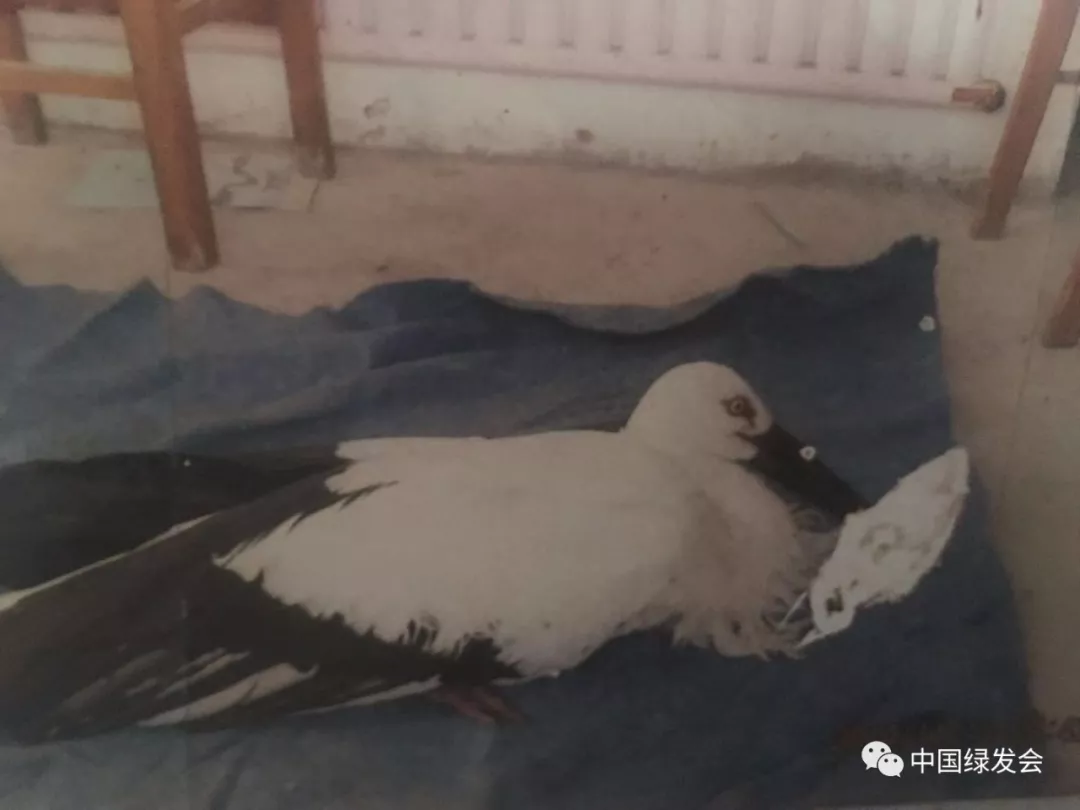
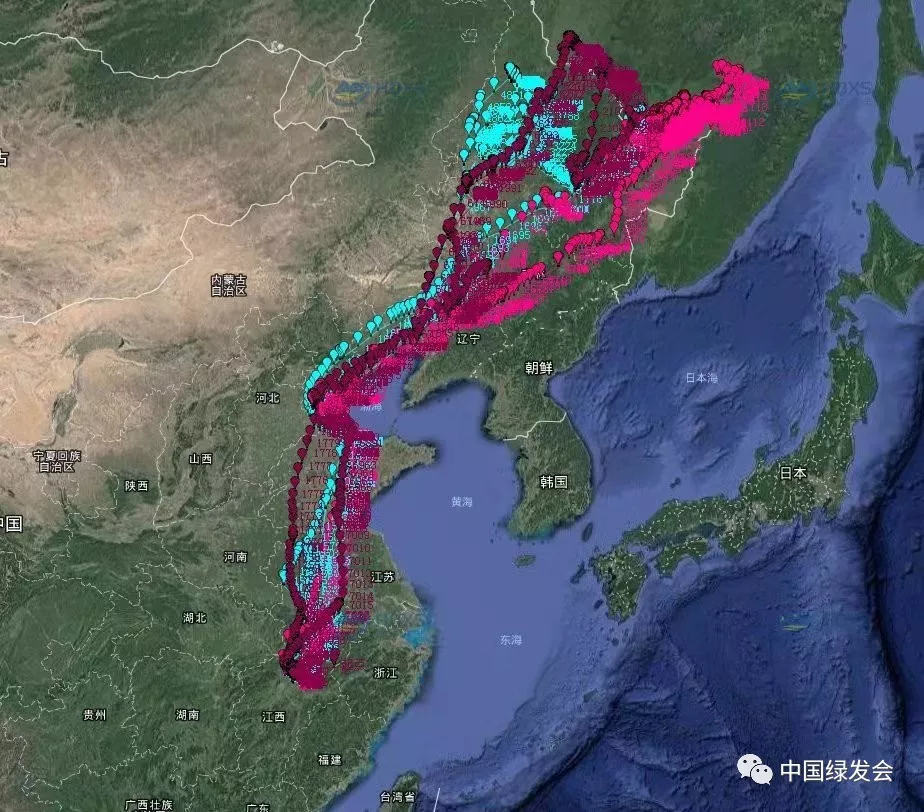
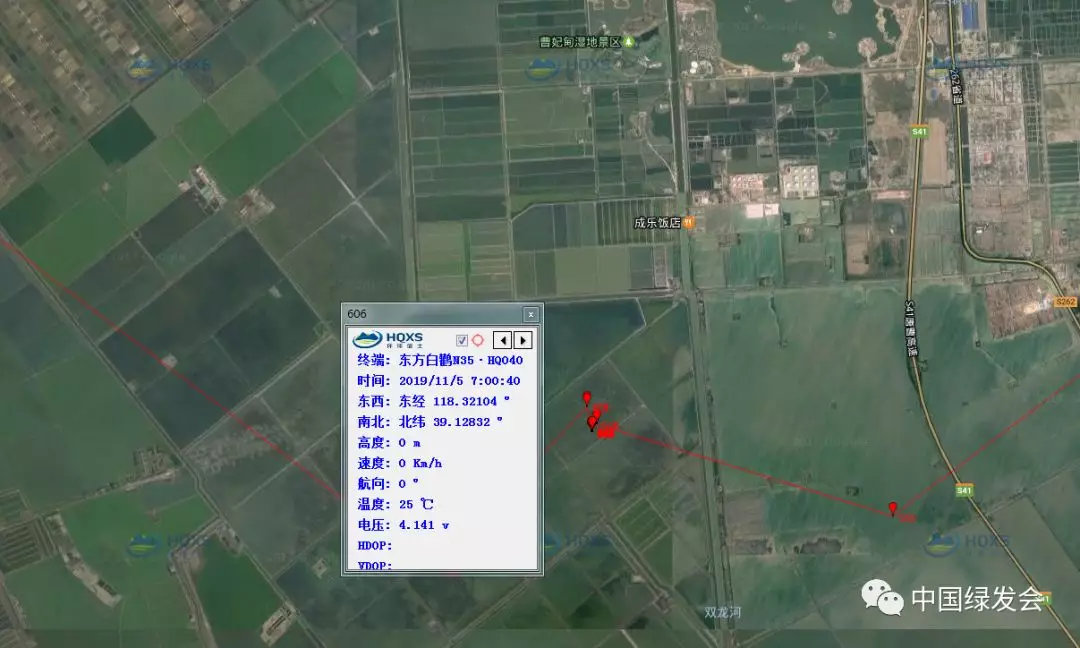

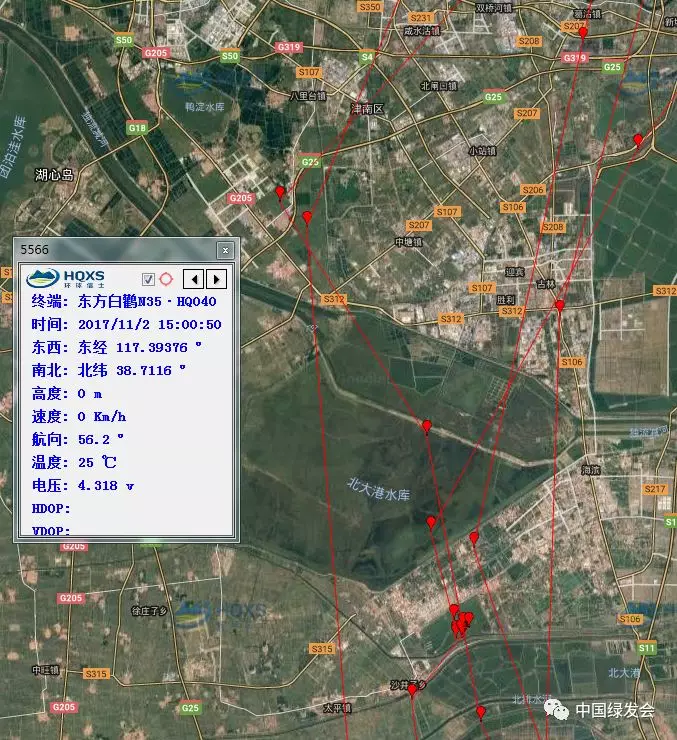

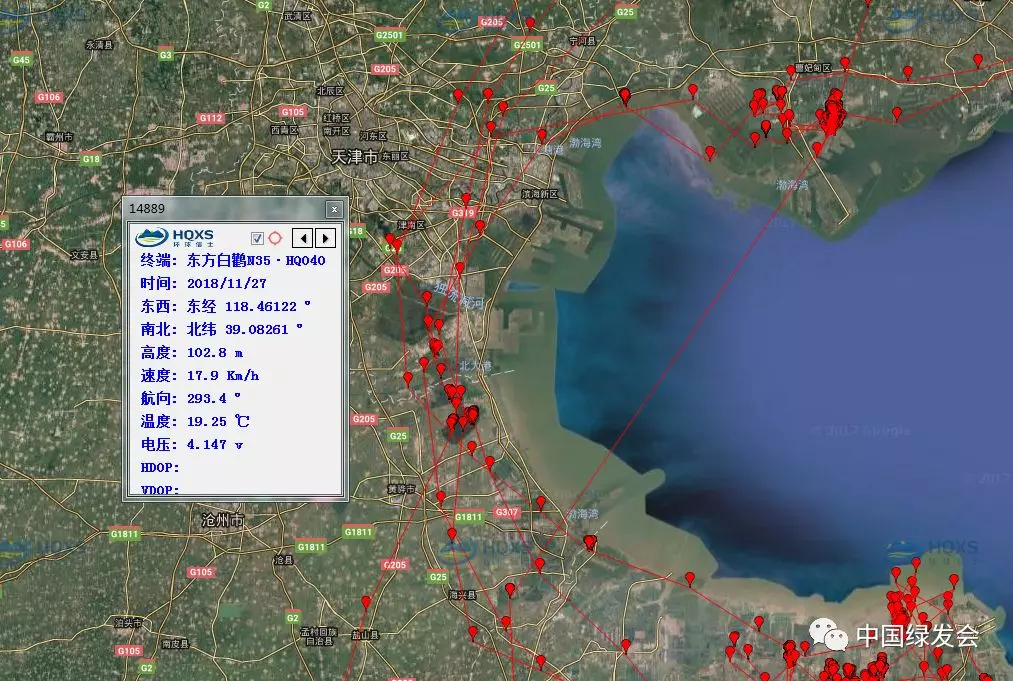
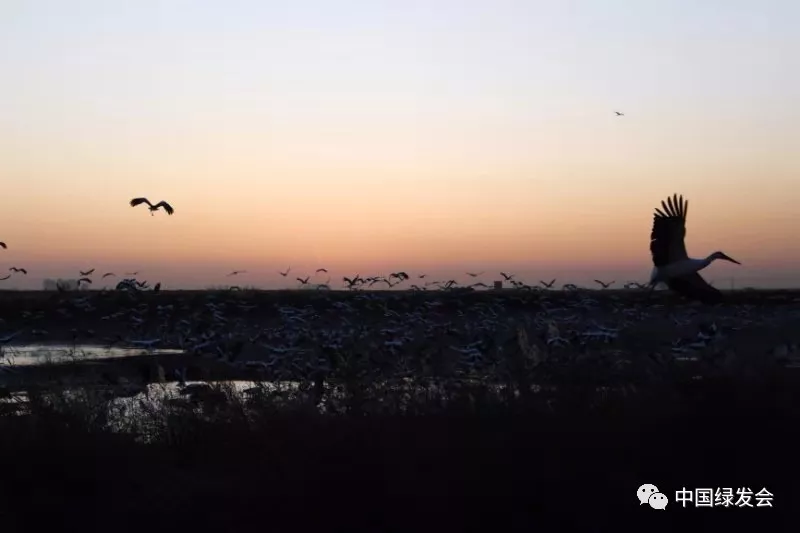
(Photo credit: CBCGDF volunteers)
Original Chinese article:
http://www.cbcgdf.org/NewsShow/4854/10695.html
By / Wang Yanqing
